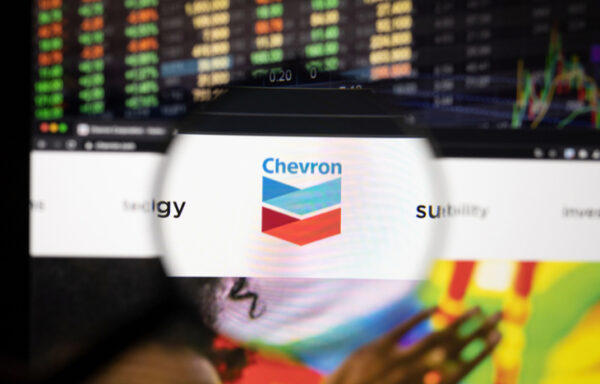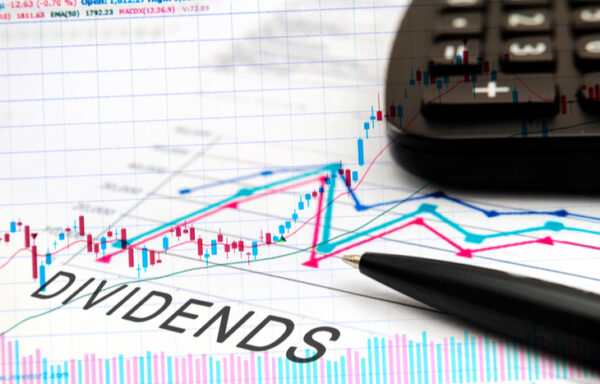Bank of America’s Dividend History and Safety
Some of the world’s best investors stick to dividend portfolios. They know that a steady stream of income is a top wealth building strategy. And finding the best deals is vital. So today, we’re going to review another one of the best dividend stocks around. Let’s take a look at Bank of America’s dividend history and safety…
Business Overview and Highlights
Bank of America (NYSE: BAC) is a $279 billion business based in Charlotte, N.C. The company employs 204,000 people, and last year Bank of America pulled in $111 billion in sales, which works out to $542,000 per employee.
The company operates within the financial sector and maintains a solid credit rating (A-) from the S&P. This allows Bank of America to issue cheap debt to expand operations and pay dividends.
Bank of America made headlines this week because Warren Buffett’s Berkshire Hathaway (NYSE: BRK-B) is seeking permission from the Federal Reserve to increase its stake in the corporation. Bank of America’s shares rallied in response. Behind Apple (Nasdaq: AAPL), Bank of America is Berkshire Hathaway’s largest holding with 950 million shares worth $26.5 billion.
Bank of America’s last quarterly cash dividend climbed from $0.15 to $0.18. The dividend was made payable on September 27 to shareholders of record on September 6.
Bank of America’s 10-Year Dividend History
On the heels of the 2008 financial crisis, Bank of America and many other large banks were forced to cut or lower their dividends. Bank of America paid investors $0.04 per share a decade ago. Over the last 10 years, the dividend has climbed to $0.54. That’s a 1,250% increase. You can see the annual changes below…

The compound annual growth rate is 29.7% over 10 years… but over the last year, the dividend climbed 38.5%. The increase in dividend growth is a good sign. Bank of America might work out as a great income investment. Let’s take a look at the yield…
Current Yield vs. 10-Year Average
Bank of America’s long history of paying dividends makes it one of the best dividend stocks around. This also makes the dividend yield a great indicator of value. A higher yield is generally better for buyers. Sustainability is also vital and we’ll look at that soon.
The dividend yield comes in at 2.4% and that’s above the 10-year average of 1.06%. The chart below shows the dividend yield over the last 10 years…

The higher yield shows that investors have bid down the company’s market value. They might be expecting higher growth and payouts. But more often than not, the dividend yield is mean reverting with share price changes.
Improved Dividend Safety Check
Many investors look at the payout ratio to determine dividend safety. They look at the dividend per share divided by the net income per share. So a payout ratio of 60% would mean that every $1 Bank of America earns, it pays investors $0.60.
The payout ratio is a good indicator of dividend safety… but accountants can manipulate net income. They adjust for goodwill and other noncash items. A better metric is free cash flow.
Here is Bank of America’s payout ratio based on free cash flow over the last 10 years…

The ratio has been volatile over the last 10 years, and the trend is up. The last year shows a payout ratio of 13.8%. This gives wiggle room for Bank of America’s board of directors to raise the dividend. Plus, it is usually a good sign when Warren Buffett ups his stake in a company. Investors can take some comfort in the fact that the Oracle of Omaha also has a position in Bank of America.
If you’re interested in seeing more dividend research, please comment below. You can also check out our free dividend reinvestment calculator.
For more information on dividend-paying companies, check out our Dividend Stocks page. There is a wealth of information about the latest and greatest in the dividend investing world. Now you know about Bank of America’s dividend, but what about 3M’s?
[adzerk-get-ad zone="245143" size="4"]




